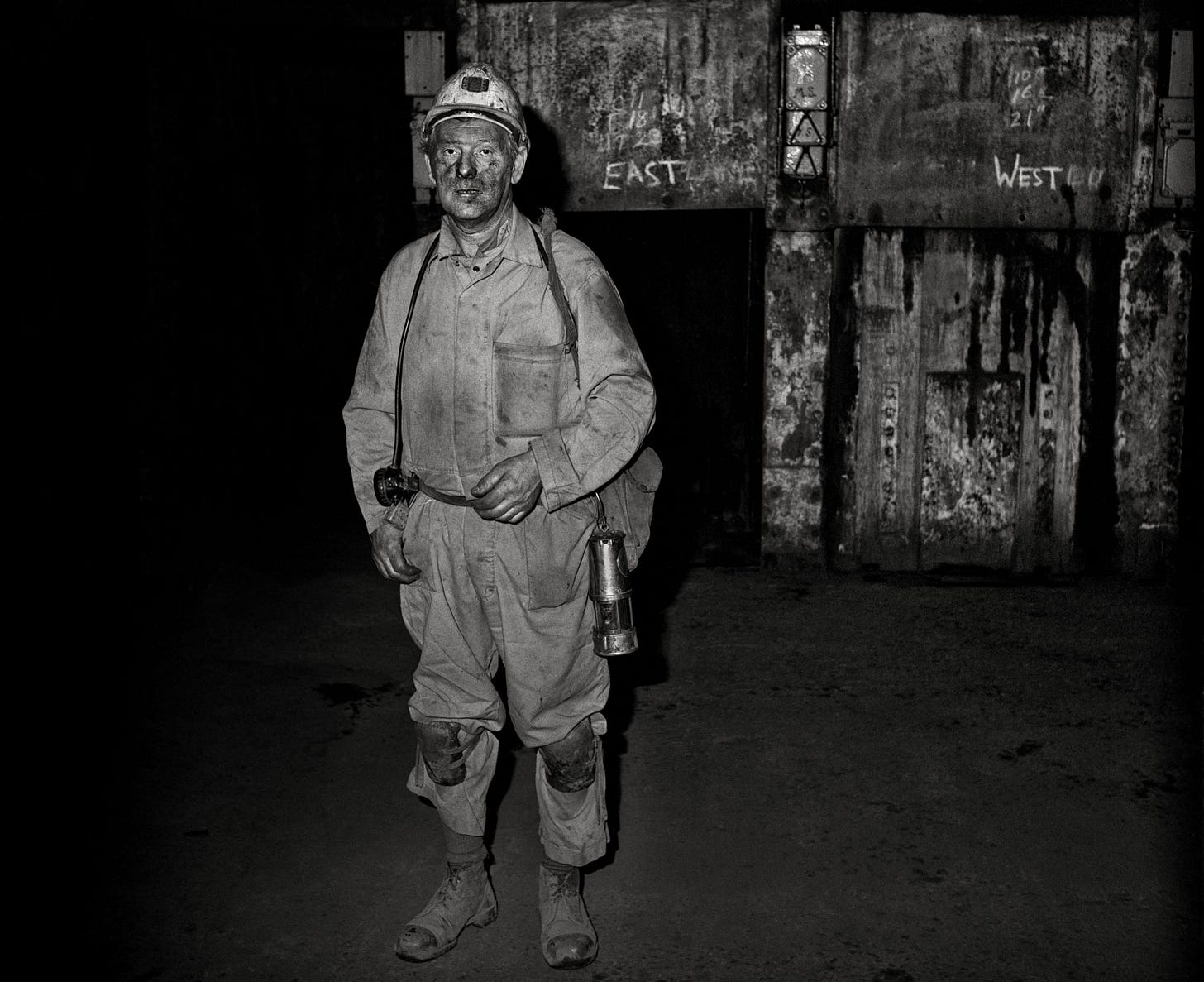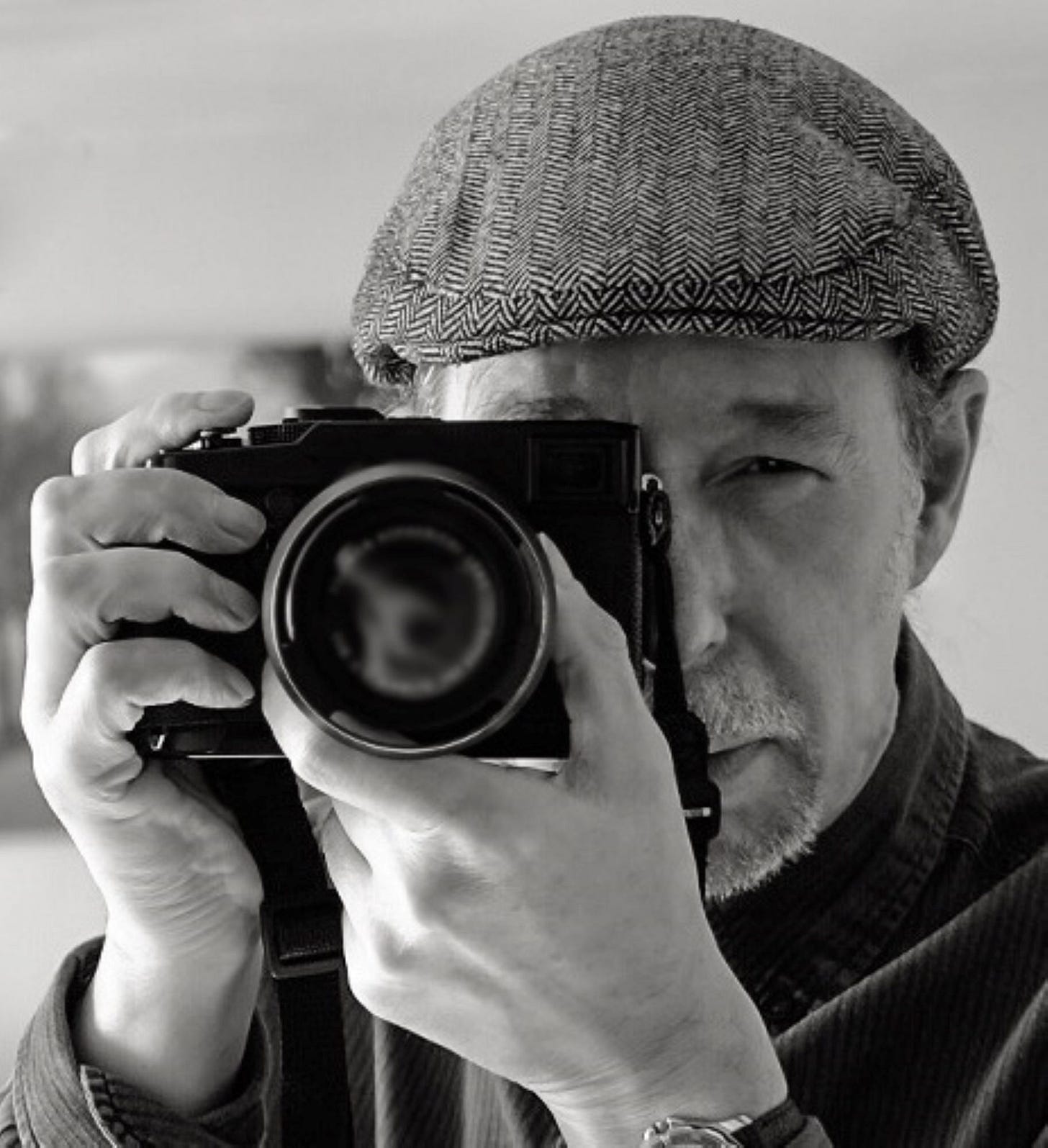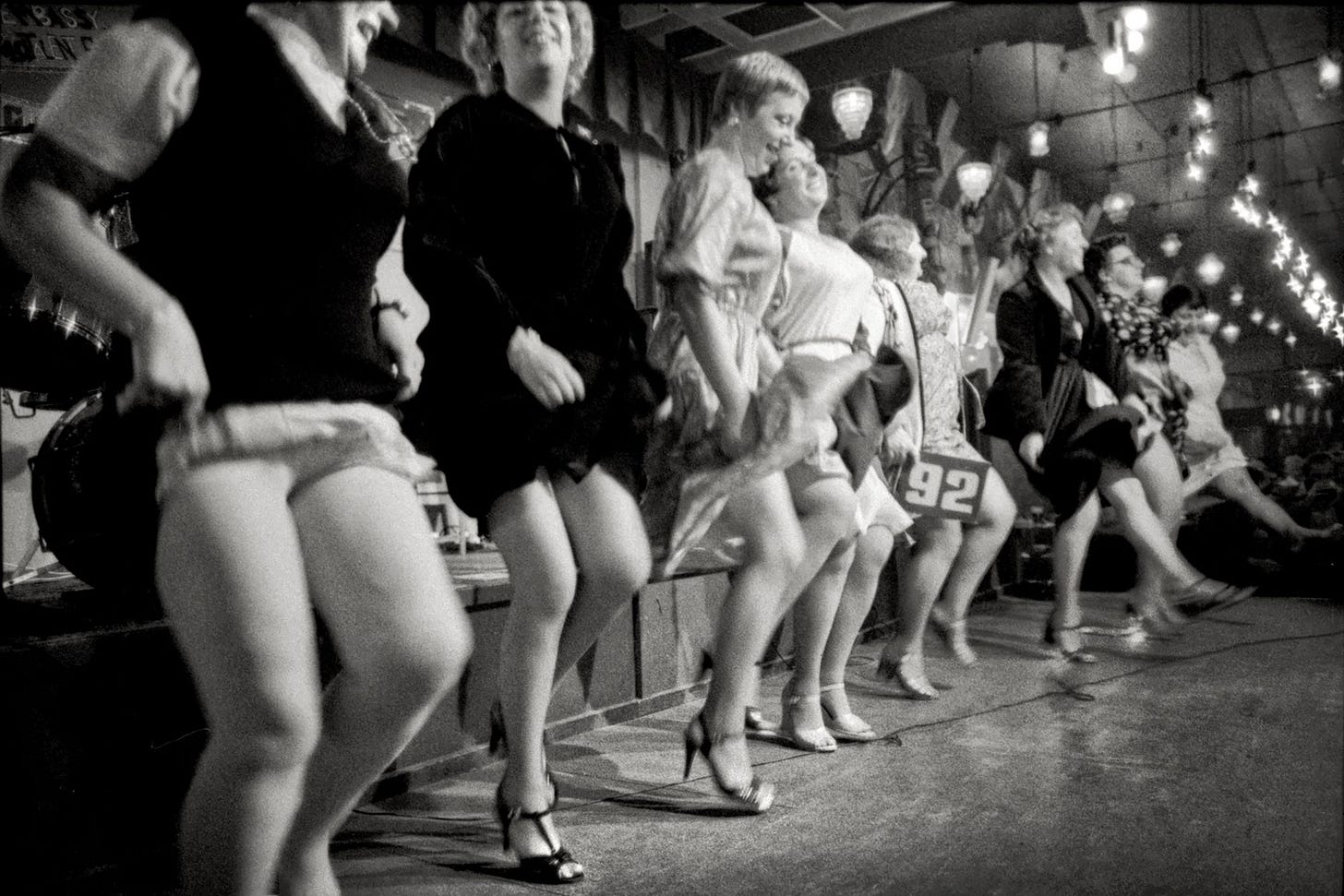Mik's Coal Town photos on permanent display at Woodhorn
A new exhibition honours the legacy of Mik Critchlow
A little bird tells me the new permanent exhibition dedicated to Mik Critchlow’s Coal Town photographs is going to be a Woodhorn attraction on a par with the famous Pitmen Painters collection – worth a visit all on its own.
Liz Ritson, the museum’s programme and engagement manager, certainly believes so.
“We’ve been absolutely overwhelmed since we announced the gallery opening through social media so we’re expecting people to really enjoy coming to see the works in real life,” she said at a media call on Wednesday.
It was a source of pride to Mik that, not long before his untimely death in 2023, he had been invited to join the Pitmen Painters board of trustees.
It was the work of these men that inspired him and made him realise life in a place like Ashington could be a valid subject for art – and his dedication to his medium of photography was at least equal to theirs as painters.
“It's extraordinary that those two bodies of work, which you could argue are the most significant collections of grassroots art in the North East, aren’t just now housed in South East Northumberland but are from South East Northumberland,” said Liz.
“Some people might not expect to come here and find this degree of ambition and artistry and quality, but it’s such a privilege for us to be able to house them both and share them with audiences.
“So much of the work I do here is temporary in nature. It’s a very rare honour to be able to put something on display that you know has a much longer legacy.”
Mik’s achievements as social documentary photographer will be familiar to many, especially those who visited his Coal Town exhibition at Woodhorn in 2021 which focused – as this permanent display does – on life that revolved around the pit.
To those who haven’t seen his work before, it will be an eye-opener – a candid and affectionate portrait of an industry whose clutches he escaped (going to sea instead of underground as an Ashington school-leaver) but which coloured his life.
He mostly photographed it in black and white, witnessing – as someone who effectively lived just over the fence – the comings and goings of the miners and then being present to record their very last shift.
This at the colliery which would become a mining museum and now the last resting place of the photographs capturing its final days.
Shona Brown, Mik’s daughter, was delighted with the exhibition, saying it was exactly what he would have wanted – in most respects.
“I just think he didn’t want to be forgotten about,” she said.
“He documented the community for 45 years and you couldn’t ask for a better honour or tribute to him than this - but also to the wider community as well.
“As Dad would say, the exhibition was bringing these people home or even bringing them back to life again.
“A lot of the people in this exhibition have passed away. It documents the changes in the area and the devastating effects they had on the mining community.”
Shona said it was brilliant that her dad had selected the exhibition images, many of which are also published in his book, also called Coal Town, which has now been reissued.
“He was quite particular,” she smiled.
“It’s quite hard trying to do these things retrospectively but at least we know these images had his blessing.
“I’m not sure he would have been so keen on the hanging order. We’ve tried to do it in a more modern magazine-type format whereas he liked pictures displayed one and then another.
“This is more grouped together – but it actually looks so much better.”
Shona said she had been very close to her father. He didn’t drive so she would take him all over the place, including to events such as camera club talks.
“He’s such a huge miss and the last couple of weeks have been extremely emotional. But I’m lucky in that I’d already met a lot of the people who have been involved with this.”
His death had come as a big shock. Having fallen ill in the December, cancer was diagnosed the following February and he died on March 7, his 68th birthday.
At least he had lived to see the Woodhorn exhibition which put his work on show where he’d always hoped it would end up.
Even back then, said Liz Ritson, there had been some initial chat about the possibility of a permanent display, although nobody had anticipated that he wouldn’t be there to see it materialise.
While “an esteemed photographer in the social documentary world”, she hoped it would make him better known to the wider public.
The photographs, she suggested, showed the degree of trust people had in him, “that they would allow that candid level of photography. He was known to many of them as a friend and a much-loved member of the community.
“He would always have a conversation with people before taking photographs of them and having received their permission would try to reciprocate by giving them a print.”
Not all of Mik’s photographs were of the pits nor even of Ashington, but most of them were and his legacy is the documentation of a town that has seen tough times.
Shona said that while it used to be known as the biggest pit community in Europe, it didn’t seem to have such a clear identity any more.
She’s a milliner, making hats that get sent all over the world, but before that she was an estate agent and prior to that worked in the Job Centre where, she said, years after the pit closures, men would still come in asking about work in the mines.
She’d had to explain to them that unless they were prepared to go abroad, to New Zealand perhaps, there were no mines to work in.
Before Mik died, she was helping him sort and digitise an archive containing more than 50,000 images. That work goes on with Shona helped by her mother, Maureen.
A new Mik Critchlow Collection website has just been launched. “We had to be careful,” she said.
“We didn’t want to change anything too much in case we lost all the information. But there’s so much stuff.
“I think going forward we’ll look to have more of his work published that isn’t necessarily about Ashington or related to Coal Town.”
Shona said a little of her father’s passion for photography had rubbed off on her.
“I’m not a photographer by any stretch of the imagination but I do like documentary and black and white.
“I’ve enjoyed taking photographs all over the world but, a bit like my dad, I’ll get in with the locals and take photos of things you wouldn’t normally see in holiday snaps.
“I’m going out next week with one of my dad’s photographer friends, Tracey Jackson, because we’re doing a little project ourselves.”
Shona, it seems, has a lot on her plate just now. But she can be proud of the part she has played in honouring her father’s work which looks brilliant in its new and permanent home, a credit to him and to everyone involved.
The Coal Town Collection, featuring more than 100 photographs from Mik Critchlow’s Coal Town archive, opens on Saturday, May 24 at Woodhorn, which is now part of North East Museums.
Find details of opening times and other attractions on the Woodhorn Museum website.









